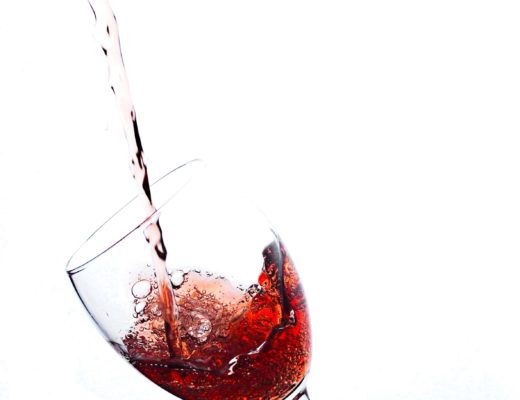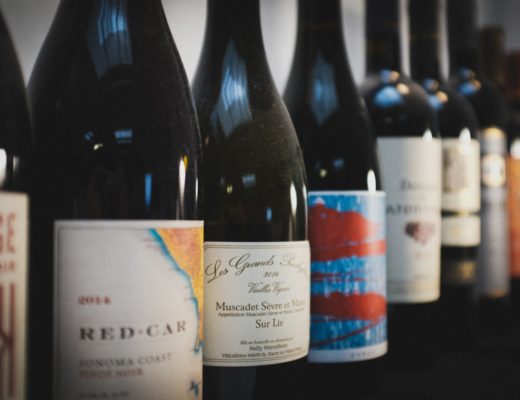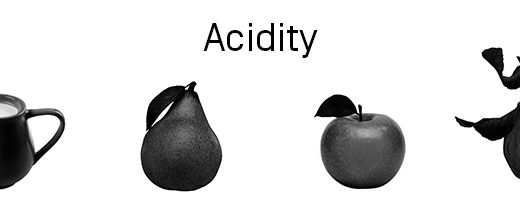There is no shortage of distinctions and divides in the wine industry. Differing methods of production, organic vs biodynamic, fined vs unfined, red vs white… the list goes on, and on, and on. However, one of the key distinctions which still seem to confuse wine lovers and newcomers alike is that between the Old World and the New.
Which Countries are Old, and Which Ones are New?
Understanding the difference between the Old World and New World of wine production isn’t difficult, especially if you’re up to date on your history and geography lessons. Essentially, Old World wines are those made from indigenous and imported grapes which spread across Europe, and which continue to be made in countries such as France, Italy, Spain, Portugal, Germany, Austria, Hungary, Romania, Greece, Croatia, and Lebanon (among others) to this day. Steeped in tradition yet not averse to modernity, these are wines which have a history stretching back several thousand years, and which have inspired the wider world since the age of discovery.
New World wines, on the other hand, are those made in the former colonies and elsewhere across the globe. Hotter, often more experimental, and certainly less bound by tradition, these countries include the USA, Australia and New Zealand, South Africa, Argentina, and Chile. This list continues to grow year by year as more countries begin experimenting with winemaking, and recent years have seen successful results coming out of India, Mexico, Burma, and several others as well. The name ‘New World’ can actually be quite misleading in some cases here; Argentina, for example, has a wine making tradition which stretches back to the 15th century. However, as it was the Spanish who introduced grapes to regions like Mendoza in Argentina, it is still very much considered a ‘New World’ country.
Old vs New
As far as wine styles go, it’s difficult to make solid distinctions between the Old and New Worlds without making unhelpful blanket statements. After all, plenty of French wineries embody the same styles of winemaking as you’d find in California, just as there is a growing number of Australian vintners taking their inspiration and methods from the Rhone Valley, or from Tuscany in Italy. However, there are some generalizations which do ring true.
Generally speaking, Old World wines tend to be lighter in body than New World ones made from the same grape varietals. What’s more, they also tend to be lower in alcohol (although really not by a considerable amount), and more complex than their fruit-forward New World cousins.
The big distinction between the two is the fact that Old World wines are governed by an incredibly long list of laws, rules, and regulations dictating how their wines can be made and labelled. Many regions and appellations across the key European wine making countries have protected status – even if winemakers there wanted to break from tradition and do something different, there’s a good chance they wouldn’t be allowed to. The reason for this is generally to do with upholding the reputation of a region, and ensuring that produce labelled with the name of an appellation is worthy of bearing that name on the bottle.
Of course, no such rules apply in the vast majority of New World countries and regions, and the result of that is you’ll find a far broader range of styles coming out of them. New World wine regions buzz with an entrepreneurial spirit, and often change rapidly with the winds of fashion and new trends. Modern technology is more readily embraced, winemaking is aimed at enjoyment rather than prestige, and the wines tend to be more relaxed and approachable in their character, too.
Which is better?
It’s entirely a matter of opinion. New World wines often get a bad rap, and many wine lovers will be all too ready to profess a preference for Old World produce. However, we’ve tasted stunning wines from some of the newest New World countries, and plenty of Old World ones which fall far wide of the mark and vice versa. There’s a whole planet of wines to discover out there, and it would be nothing short of silly to discredit any particular country without first exploring as much of its produce as possible.





